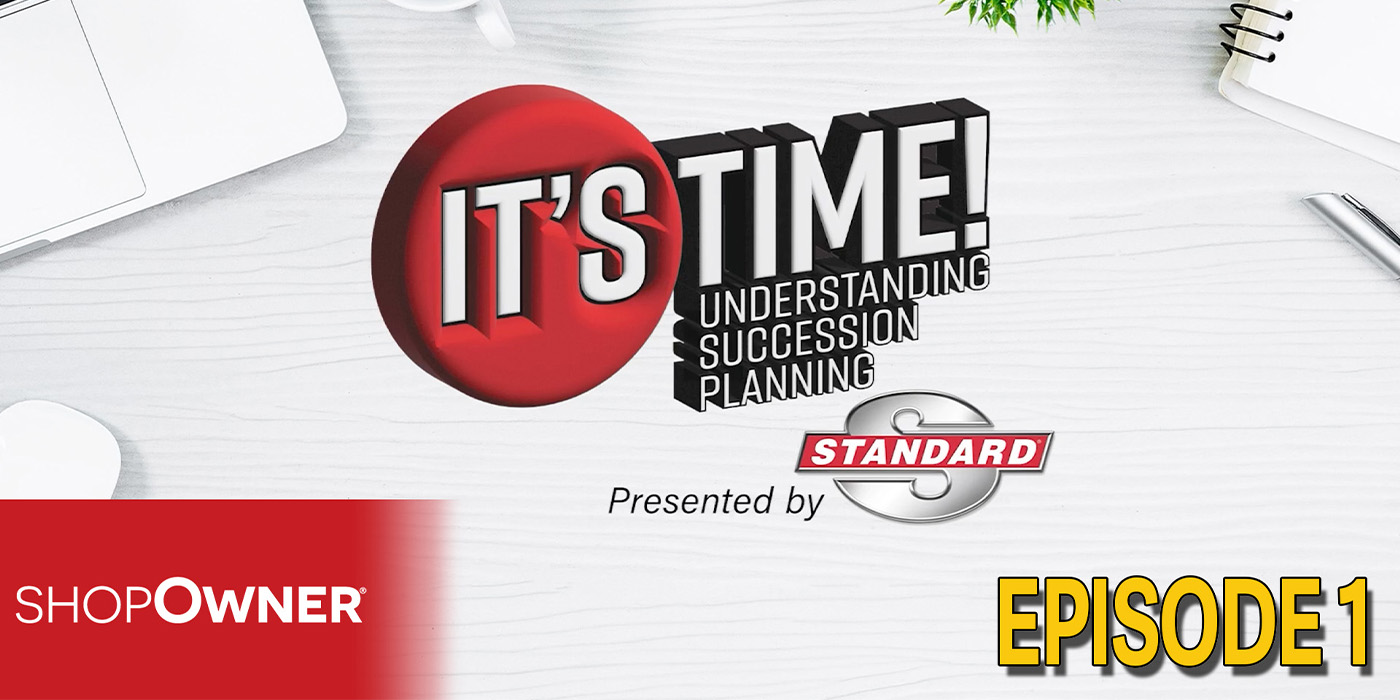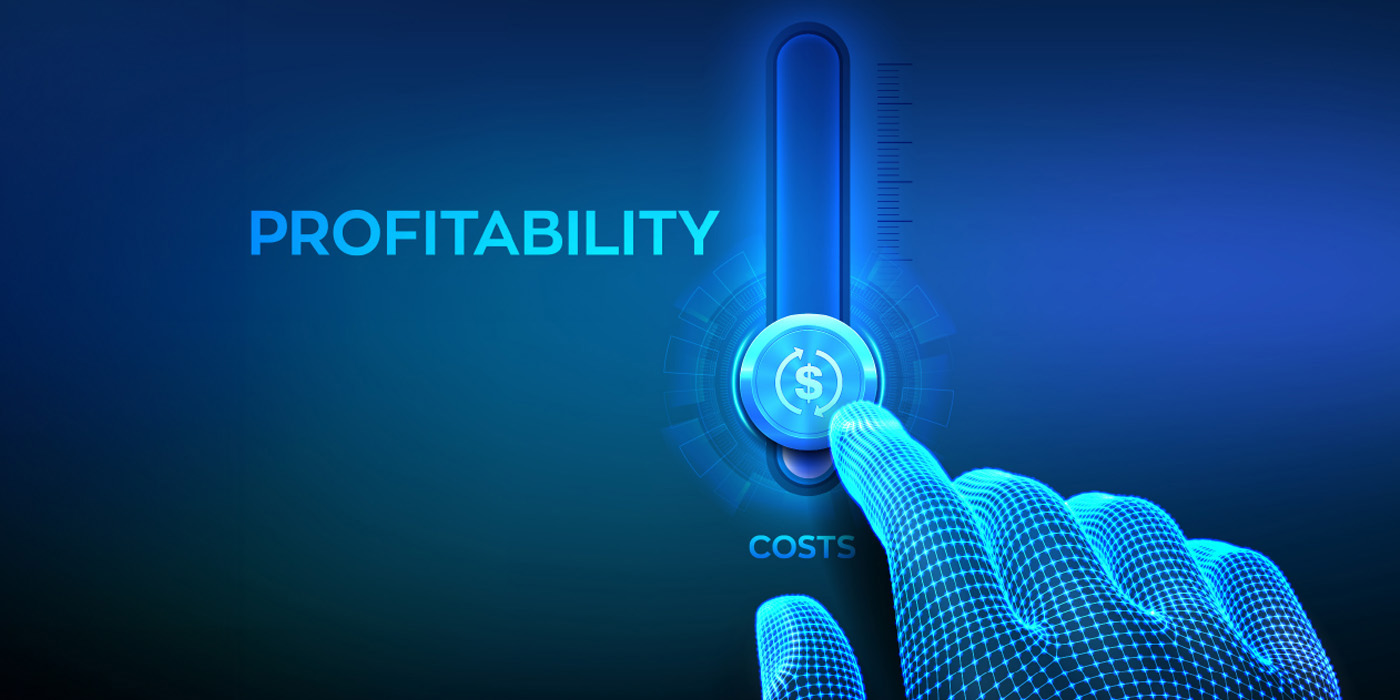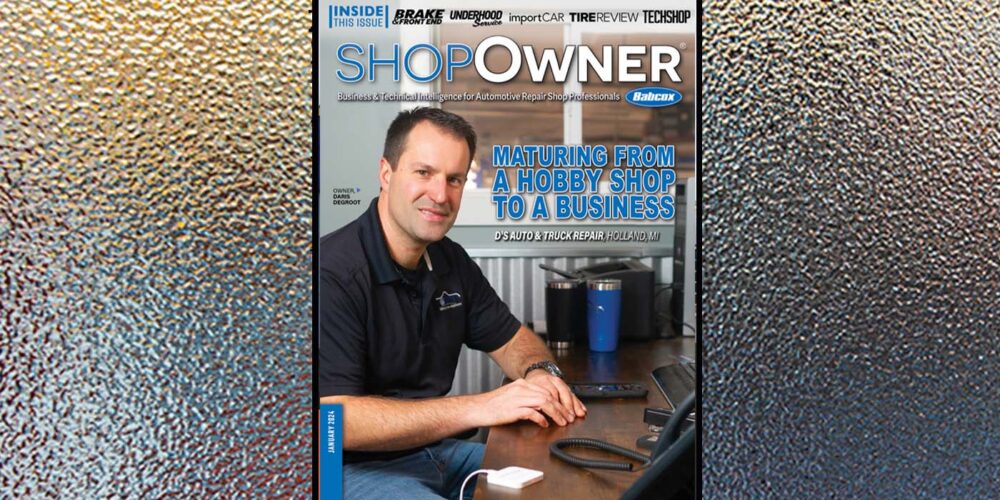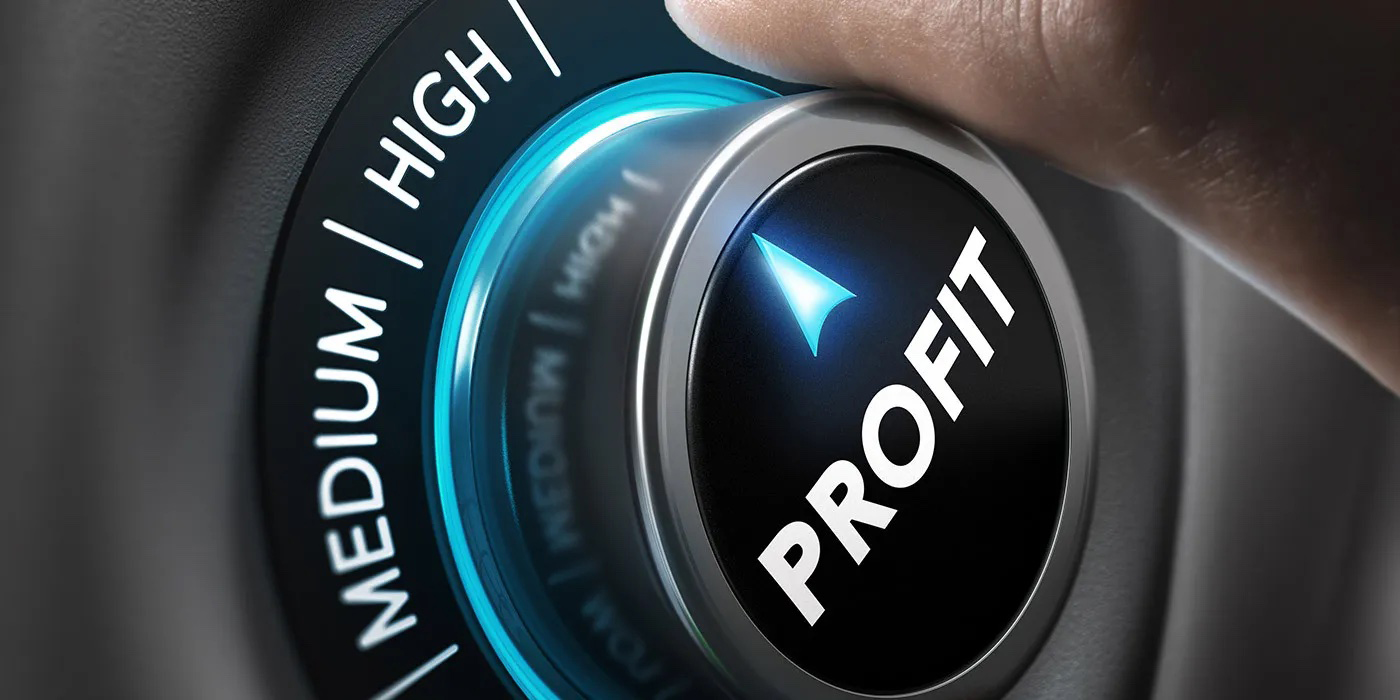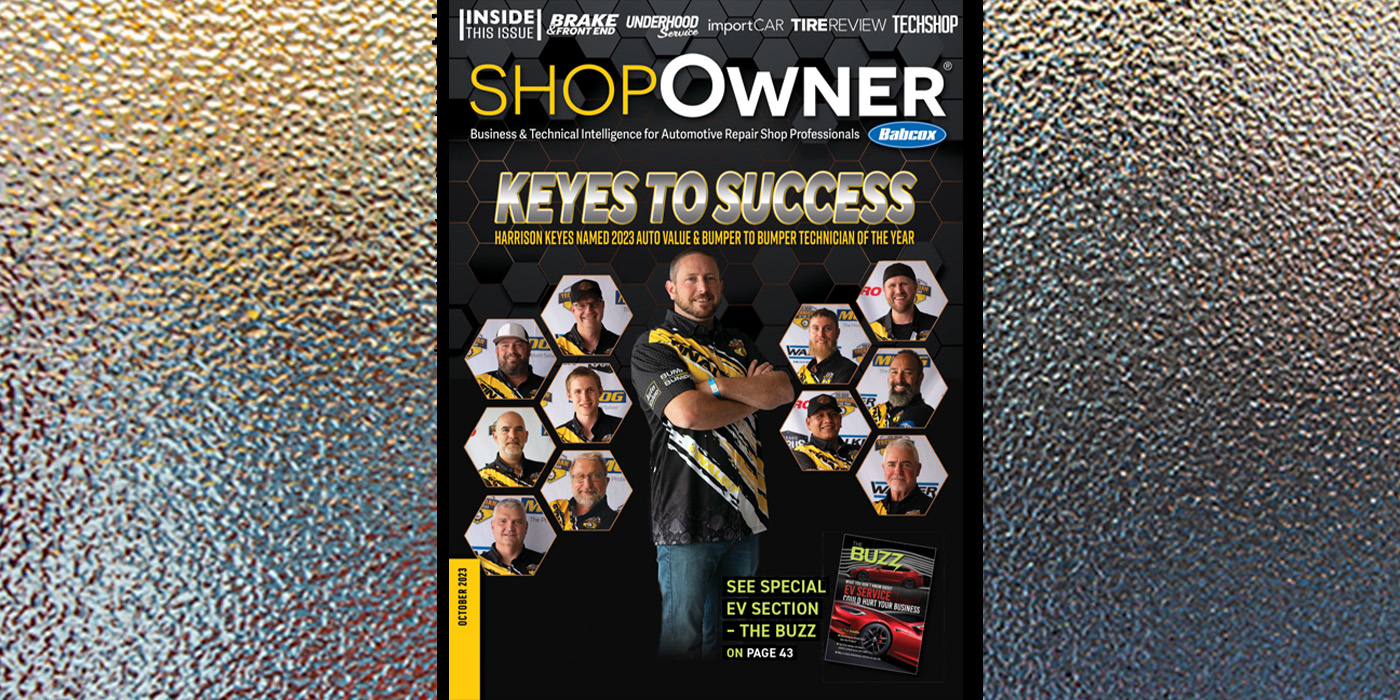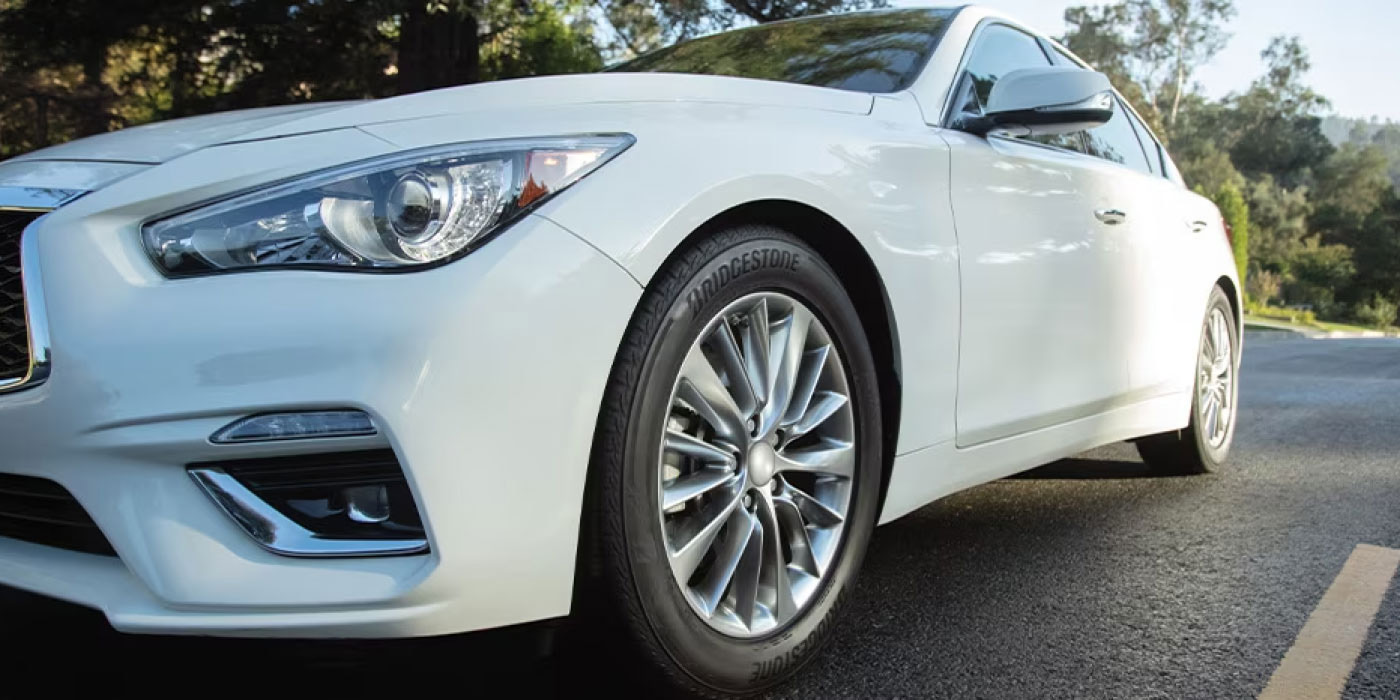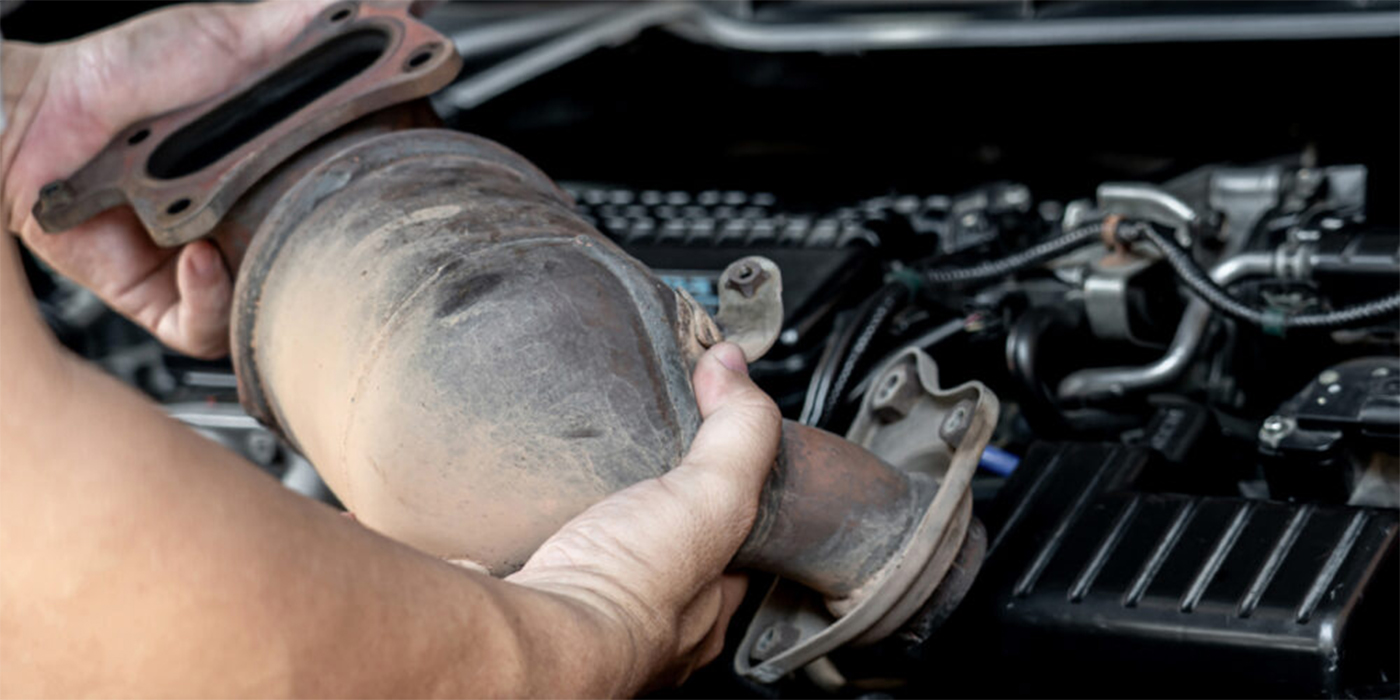
“I pay myself $100,000 per year, plus all the cash I can take!” That was the response I got when, as a young shop owner, I asked an older, established owner how much he paid himself. I was curious about how much I should make and how I should pay myself. His answer didn’t help me.
Compensation for employees is usually pretty simple. We know how to pay technicians and other employees. Flat rate within a market is pretty standard. Hourly rates are also market-driven based on job and required skill level.
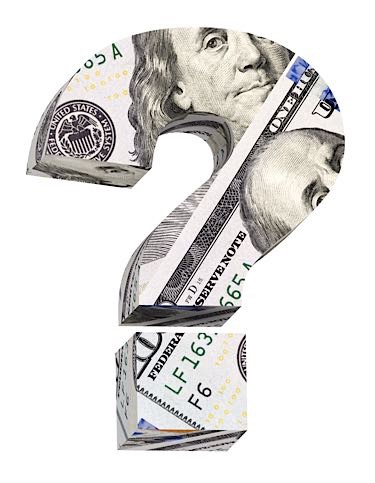 But what about the owner’s paycheck? It may seem that the owner has the best job. But few understand the hours the owner puts into the business and the risk the owner has taken.
But what about the owner’s paycheck? It may seem that the owner has the best job. But few understand the hours the owner puts into the business and the risk the owner has taken.
There’s a large part of ownership that no one sees — the owner’s sacrifice. In a very young business, they sacrifice a lot! The owner works the longest hours, sometimes with no compensation, so that payroll or other expenses can be met. The owner takes out and personally guarantees business loans. The owner is also on the hook for employee mistakes and can be sued for just about anything at any time.
Owners earn compensation in two ways. First, the owner should earn a paycheck just like any other business employee for working in the business. Second, the owner should earn a return on their investment in the business.
The decision on how much an owner should or could make is best made with the advice of a good, business-focused CPA. Owners should have a complete understanding of the company profit and loss statement. Remember: If the company isn’t profitable, the owner makes no money.
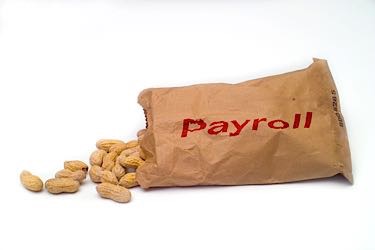 The Paycheck
The Paycheck
As noted above, if the owner is functioning as a manager or technician (or both), the owner should draw a paycheck just like all of the other employees.
Owners of a new or smaller business may simply “draw against the net,” writing a check to themselves and posting the money as an owner’s draw against profits. Obviously, if there is no profit, the draw is taken against the owner’s equity. But there are several problems with this method of compensation. Taxes are not taken into account and benefits aren’t included. Thus, there is a significant risk of “overdrawing” and running out of money before monthly bills are paid.
Additionally, the P&L does not reflect a true picture of the business. Since the owner’s pay comes from net profit, overhead is not accurately presented and the net profit is overstated.
It’s far better to make the owner an employee of the company so that owner compensation is shown on the P&L as an overhead expense. Taxes and benefits are deducted and paid just as with any employee, and the owner still has the option to draw additional funds from profits if warranted.
How much should you pay yourself? If the business is in its infancy, probably nothing. Remember, the company has to make a profit before anyone can be paid. Most business consultants suggest that new owners make sure they have sufficient cash on hand to go six months to one year with no income from the business. But that first year is tough!
Business Plan
In a perfect world, the owner creates a solid business plan prior to opening the doors. That business plan may show the owner working for no compensation for the first six to 12 months. But after that initial period, the owner may plan for a minimal paycheck for the next six to 12 months, then increase his compensation as the business builds.
But the world is not perfect, and most new business owners don’t plan for living on no pay for six to 12 months. The new owner may be working for nothing, but other employees are getting paid. Resentment builds, the new owner decides to pay himself too soon and cash flow issues result. Cash flow difficulty is the No. 1 cause of new business failure. As a business matures, the owner can finally receive a paycheck. That’s a good thing!
Owner pay comes in many forms. Obviously, there is the paycheck. As noted previously, the owner should be paid just like any employee if the owner works in the business on a day-to-day basis. But there are other ways that the owner receives compensation, such as a company car, contribution to retirement plans, flexible hours, expense accounts, insurance benefits, etc. Work with your accountant and tax advisor to make sure those additional benefits are appropriate. It’s really hard to justify a boat, plane or RV as a reasonable business expense for a three-year-old shop making $80,000 per month.
One rule of thumb: if the owner manages the business day to day, the owner’s base pay should be equivalent to the amount the business would have to pay for a general manager. If a mid-sized shop in a market can attract a good manager for $75,000 per year, then $75,000 plus appropriate benefits would be a good base annual compensation for the owner.
Be careful when adding those extra benefits! The business needs to make money. Most use a minimum 10% of gross sales as a goal for net profit before taxes. That 10% net profit allows money to be reinvested in the business, loans to be paid and money to be paid to ownership as dividends if the company is a corporation. But if the total of the owner’s compensation plus benefits such as the car, expenses, bonus, plane, boat and RV drive the net profit below 10%, the owner is being overcompensated and the business is being hurt.
What if the owner is doing work in-shop? If so, the owner should pay themselves an hourly rate or flat rate, just as the other techs are paid. But make sure that the total owner’s compensation does not drive that net below 10% of gross sales.
As the business evolves, many owners hire managers to run the company. As the owner’s active role in the business is reduced, the owner’s pay should shift from being an employee of the company to that of being a stockholder. The manager’s wages should be shown as overhead, and the owner’s pay will come as a dividend payment.
Equity
Over time, the value of the business grows and the money owed against the business is reduced by making lease and loan payments.
While business valuation is a complex issue, there are two basic methods of determining the value of any business: cash flow or net asset value.
Net asset value is usually used to value a poorly performing business or one that’s very heavily invested in inventory. The business is worth its ”net assets,” usually as shown on the balance sheet.
Cash flow valuation uses the net positive cashflow to determine the value. In this method, the net positive cash flow (usually EBIDTA or Earnings Before Interest, Depreciation, Taxes and Amortization) is multiplied by a number to arrive at the business value. The number, or multiplier, is a negotiated number representing the number of years the buyer is allowing the net positive cashflow to repay the investment made in buying the business.
Example: A shop has a net positive cash flow of $150,000 per year. It has a strong business, is well managed without the owner’s full-time involvement, has a solid crew and has shown several years of positive sales growth. Using that information, the owner negotiates a multiplier of 3.5. The business has a value of $525,000 ($150,000 x 3.5). Remember, that does not include the real estate. In selling the business, the owner should negotiate a fair market rent for the property.
Rental income is an area that’s frequently overlooked as owner compensation. Often, the business owns the real estate housing the company. As time passes, the loan balance diminishes while the fair market lease rate increases. The building and business should be separate entities, with the business paying a fair market rent to the owner of the real estate, usually the owner of the business. The difference between the fair market rent and the payment can be income to the owner. In our example, the owner will receive $525,000 for the business, plus rental income from the property.
Business owners should keep an eye on equity as they build their business. To maximize equity, the business must be profitable, should show steady sales growth and be systems driven so that the company is not dependent on the owner for daily operations.
There is no simple answer to the question, “How much should I make as the owner of an automotive repair shop?” But by truly understanding the financial structure of a business, and working with a business-focused CPA or accountant, a good compensation structure can be created for the owner.

